Chitral’s three endangered languages get written form
CHITRAL: Three endangered languages of Chitral have gotten a new lease of life by securing a written form for the first time.
With the financial assistance of the USAID, primers of these languages have been made and printed; local folk tales have been recorded, and many other steps have been taken for their preservation.
The primers and a CD of folk tales were launched during a ceremony organised here to mark the closing of the project on ‘preservation of three dialects of Chitral and one of Swat’ on Wednesday.
The Forum for Language Initiatives (FLI), the implementing partner of the project, organised the event.
On the occasion, FLI executive director Fakhruddin Akhunzada said the Yadgha language of Gobor valley, Damel of Damel valley and Gawabati of Arandu in Chitral, and Ushojo of upper Swat faced the danger of extinction as they were not in written form.
He said sensing that danger, the FLI rushed to the rescue of those languages and launched a project a year ago to document the languages to save them from going extinct.
“Through a hectic effort, the project’s objectives were achieved in a short span of less than one year,” he said.
Mr. Akhunzada said Chitral was the home to 13 languages but only Khowar and Kalasha of them had a written form.
He said there was a serious need to preserve those languages, which was only possible by their documentation and that the FLI took the initiative to maintain the cultural diversity of the valley for a longer time.
Chitral naib nazim Maulana Abdul Shakoor was the chief guest on the occasion, while among other speakers were Dr. Inayatullah Faizi, Maula Nigah, Professor Mumtaz Hussain, Professor Rahmat Karim Baig, Farid Ahmed Raza.
The speakers declared the project a great contribution for the preservation of local languages, which they said were heading for extinction.
They said there were 36 segregated sub-valleys in Chitral and most of them had their own languages, which all acted as the guard for Khowar (Chitrali language) against the invasions of other languages from the trans-border areas of Afghanistan, Tajikistan and China.
The speakers said the languages were losing their identity to Khowar phenomenally as some dialects had almost been replaced by Khowar in the recent past in some sub-valleys and some measures were to taken to contain it.
Experts Allaud Din Haideri of Yadgha, Mulla Adina Shah of Gawarbati and Asmatullah of Dameli appreciated the efforts of the FLI and USAID for saving their languages from dying out.
Originally published in Dawn, April 14th, 2016





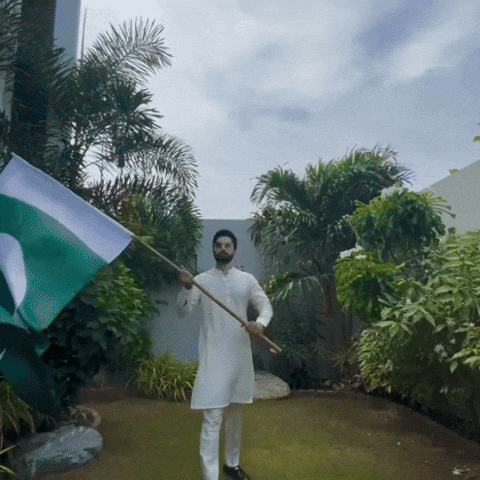

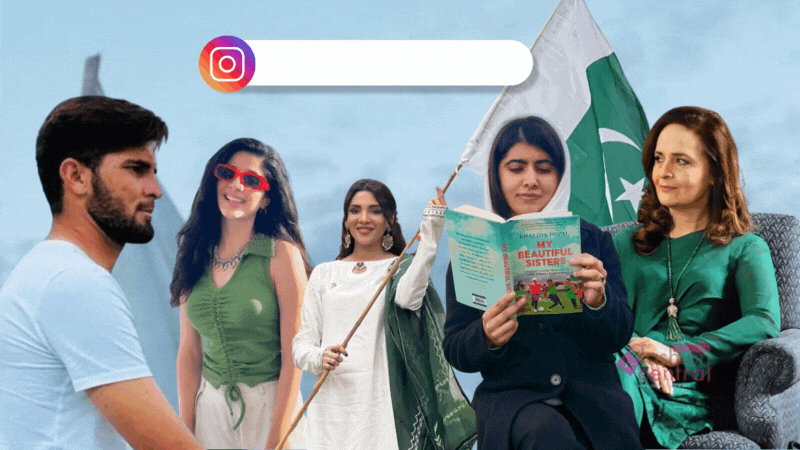
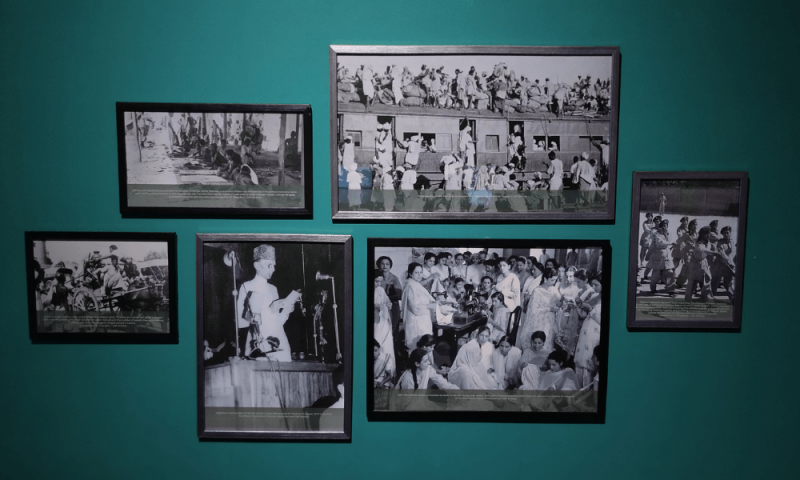
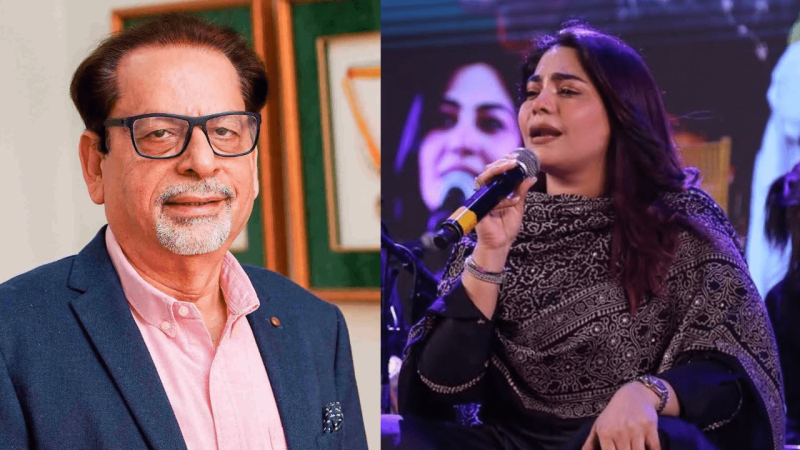

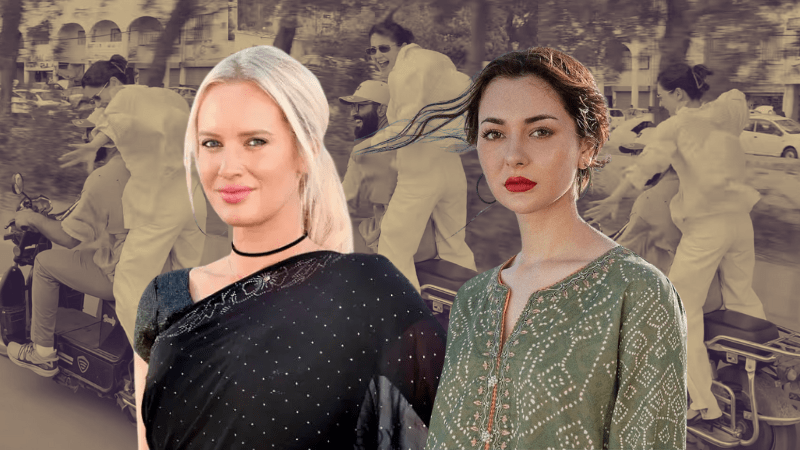


Comments